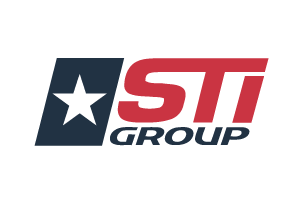No industrial company looks forward to performing turnarounds, but a turnaround can actually benefit the plant’s operations. Scheduling a non-production period is not ea for any manufacturer, but it is essential for safe, efficient operations. Taking downtime from the regular operations shifts the focus to maintenance. Speed is essential, because when a turnaround lasts too long, it contributes to inefficiency and fiscal losses. However, when equipment is inspected and repaired on a routine basis, everyone is safer and the machines are more efficient.
Understanding the Phases of a Plant Turnaround
When undertaking a plant turnaround, utilize employees and contractors to get everything ready for the shift. As with any major undertaking, the plan is vital to the success. Rather than spend weeks in a turnaround that is extended because of unforeseen circumstances, take the time to plan. Follow these key phases:
- Strategic Planning – A rough overview of what needs to happen and how it is going to be done. During this phase, departments can be assigned different tasks to handle during the next phase.
- Detailed Planning – Specifics are worked out and plans are firmed up for the actual execution of the turnaround.
- Organizing – Now that the specifics are put into place, tasks are distributed to the right person.
- Execution – This is the actual business of the turnaround.
- Closeout – An analyzation of the turnaround with reports about the positives and negatives, to help with the next time it needs to be done.
Why Have a Turnaround?
Many maintenance tasks cannot be handled unless all the equipment is turned off and shut down. A turnaround needs to be part of the efficiency and productivity of the plant. Often, expensive equipment requires a turnaround as part of their warranty. The regulatory bodies in various industries also mandate shutdowns to prevent accidents and improve safety. Having this planned shutdown is an investment in the longevity of the equipment and in the plant’s future.
During the turnaround, all the equipment can be inspected, both externally and internally. All of the moving parts can be fully examined without product in the way. When a system needs a major overhaul, it can be done during a turnaround, rather than shutting down the line at a time that might be inconvenient. At the end of the shutdown, ideally, the plant will come back ready to operate at peak performance while being safer and preventing future shutdowns.
Concerns About the Cost
Even a planned shutdown costs the company a significant amount of money due to lost productivity and increased costs. During a turnaround, businesses have to weigh working round-the-clock and paying overtime to employees and contractors who are performing maintenance against the shutdown taking longer and preventing the plant from putting out product. Keeping equipment up-to-date and safe is vital to the performance. We do understand the concerns when managing a turnaround, but the benefits typically outweigh the disadvantages.
Putting one person in charge of the turnaround, such as a project manager, is a great way to ensure that the work is being done as scheduled. A planned shutdown can actually take months from planning to closure. The more time spent strategizing and organizing leads to less time that is actually shutdown. Everyone from administration to operations needs to be involved in the shutdown and fully understand their own place and responsibilities to make it happen. STI Group provides comprehensive industrial services that are designed to make turnarounds faster, more effective, and more cost-efficient.

